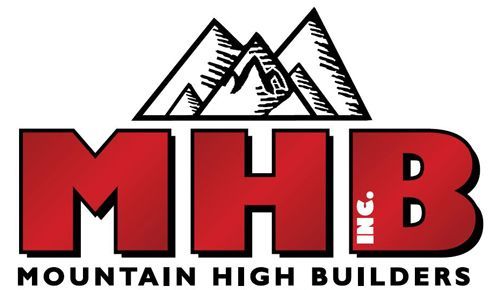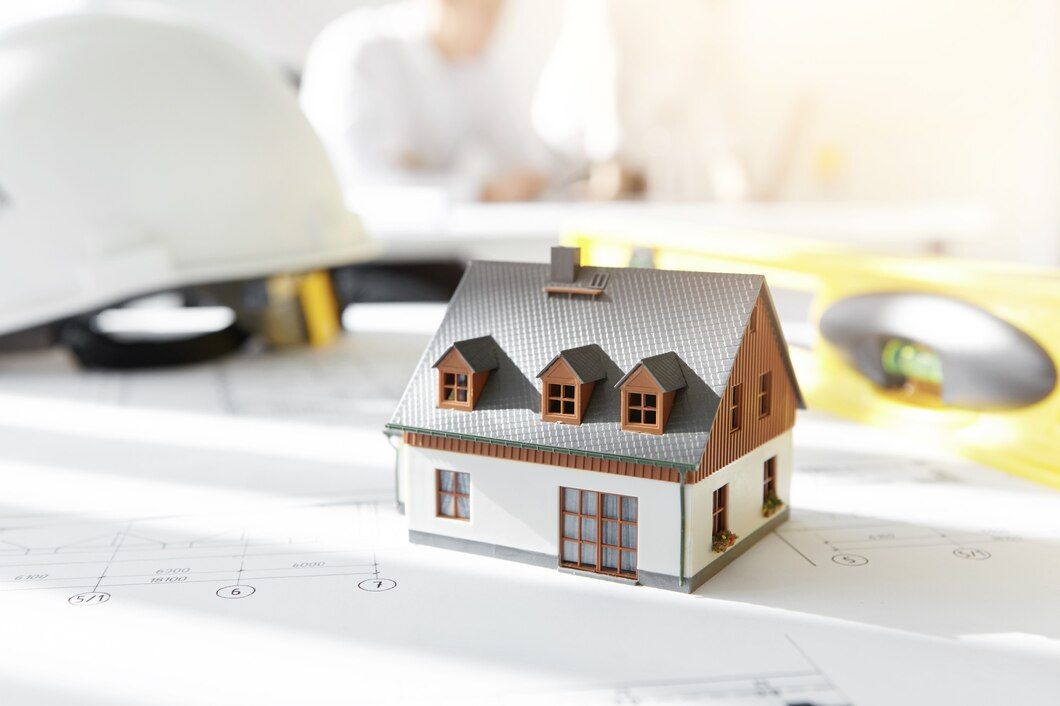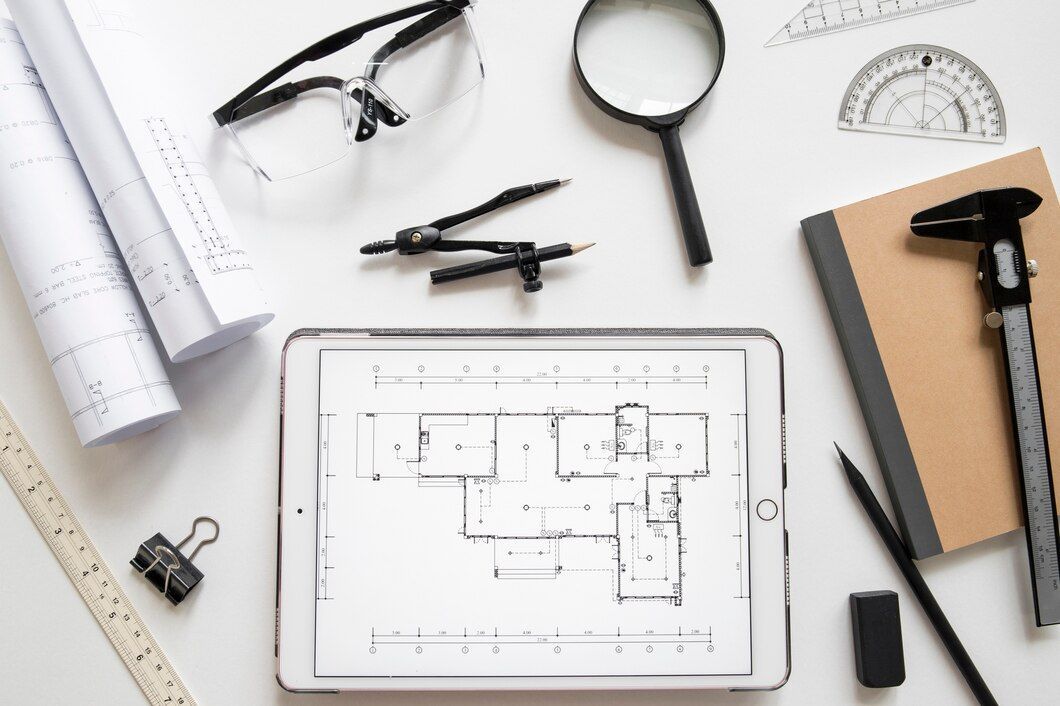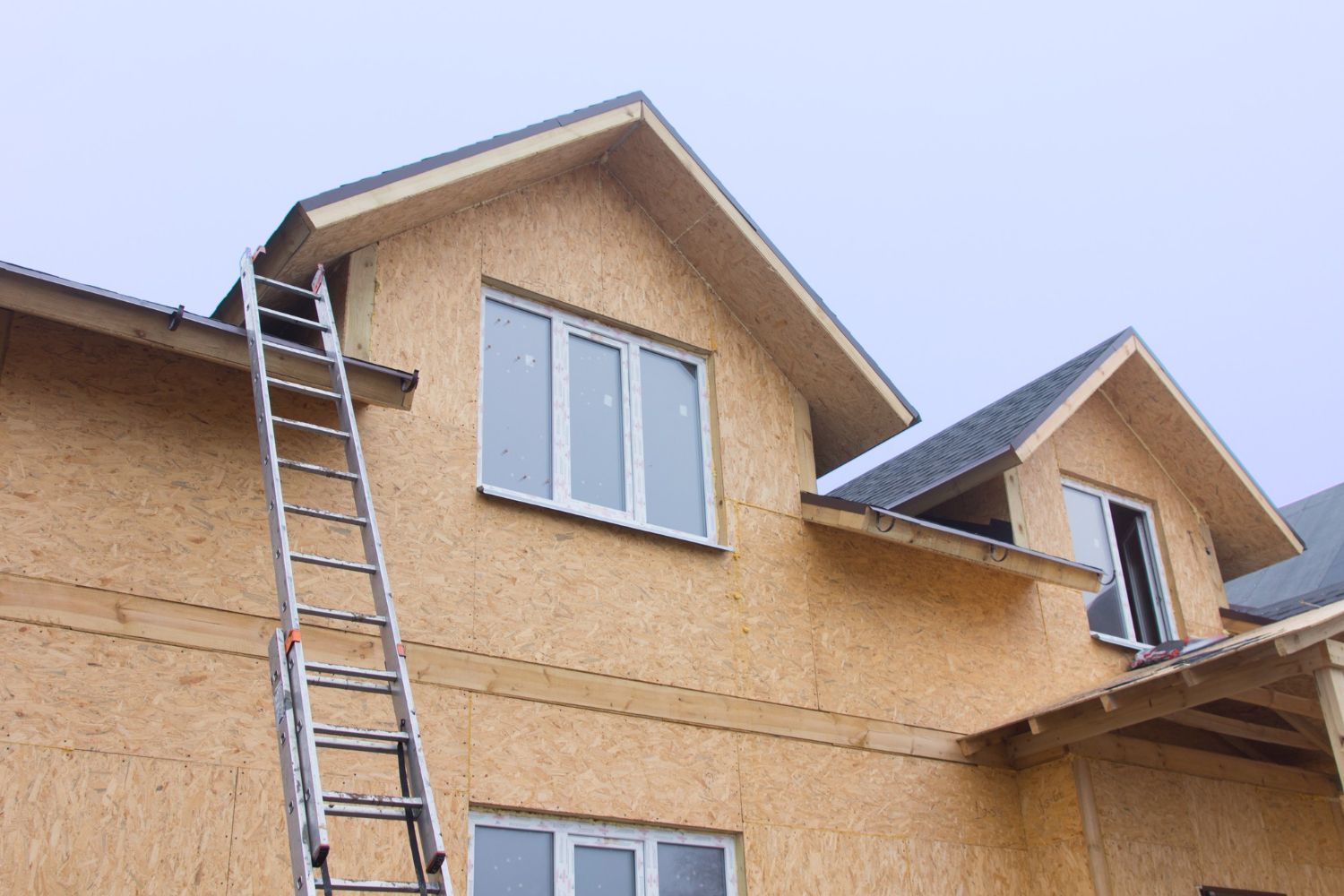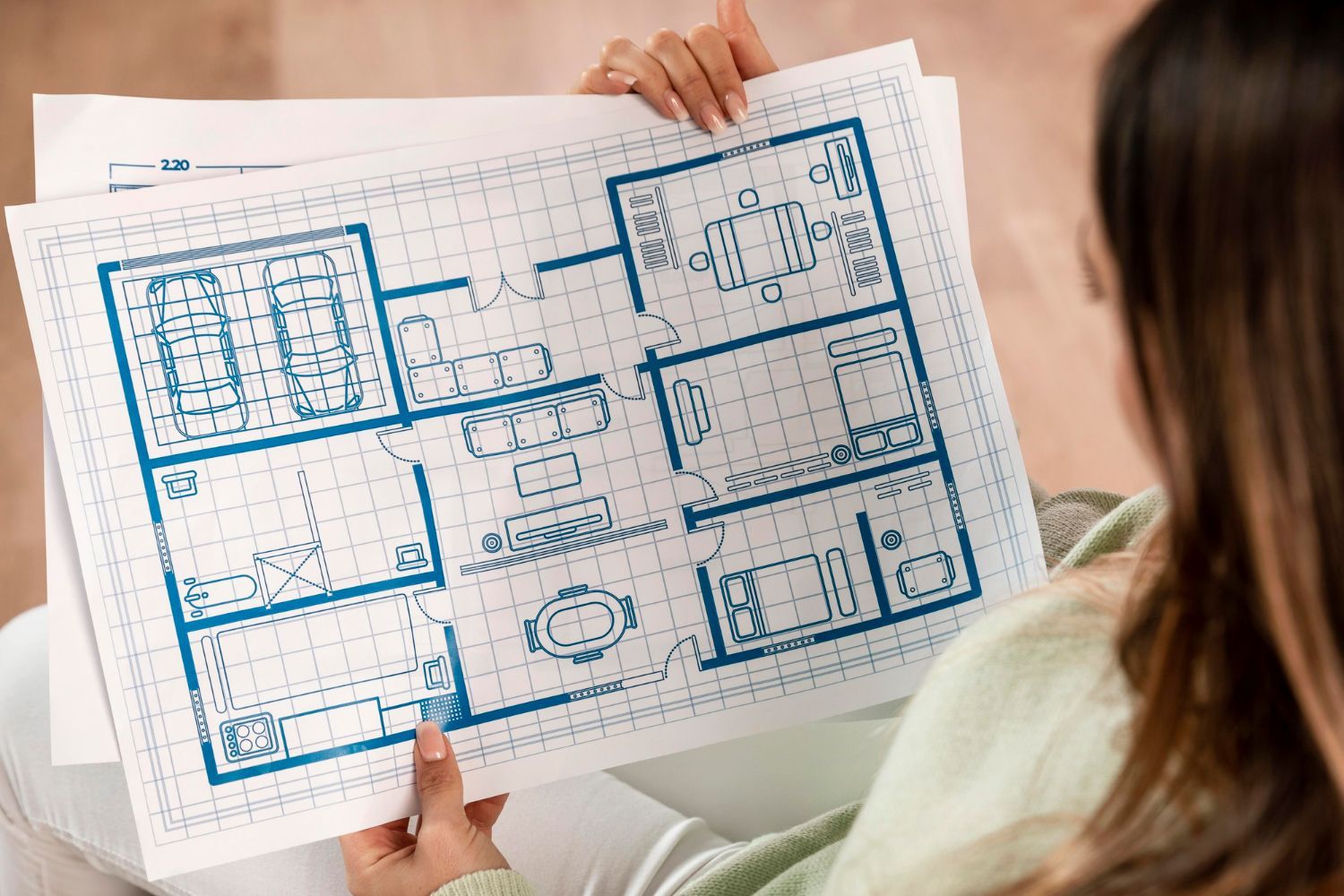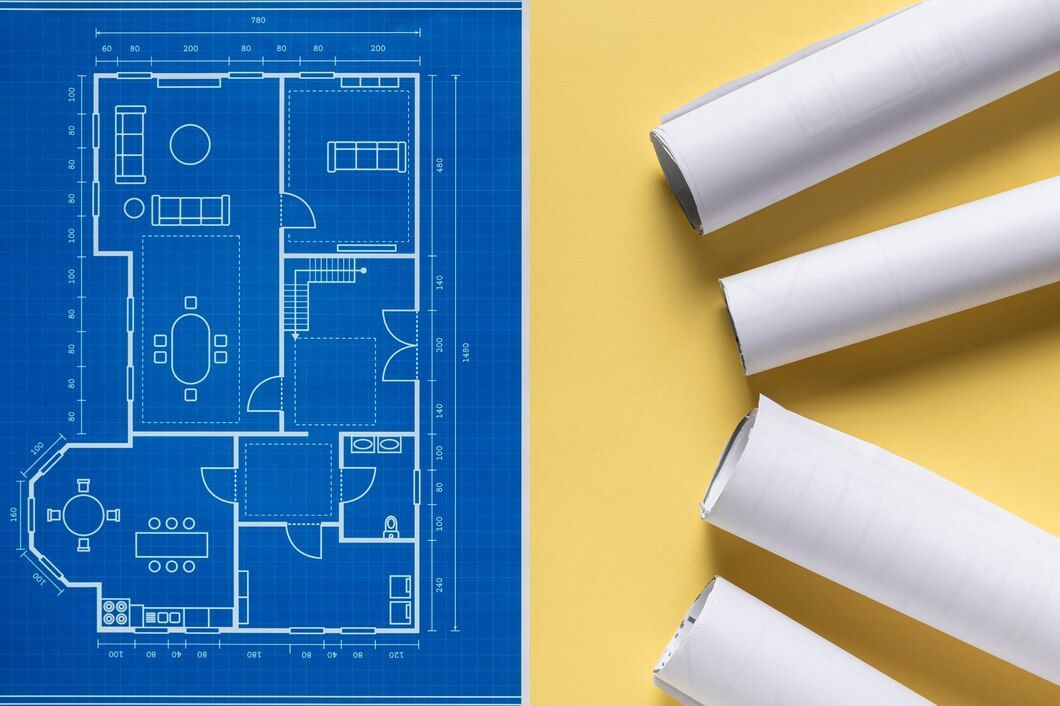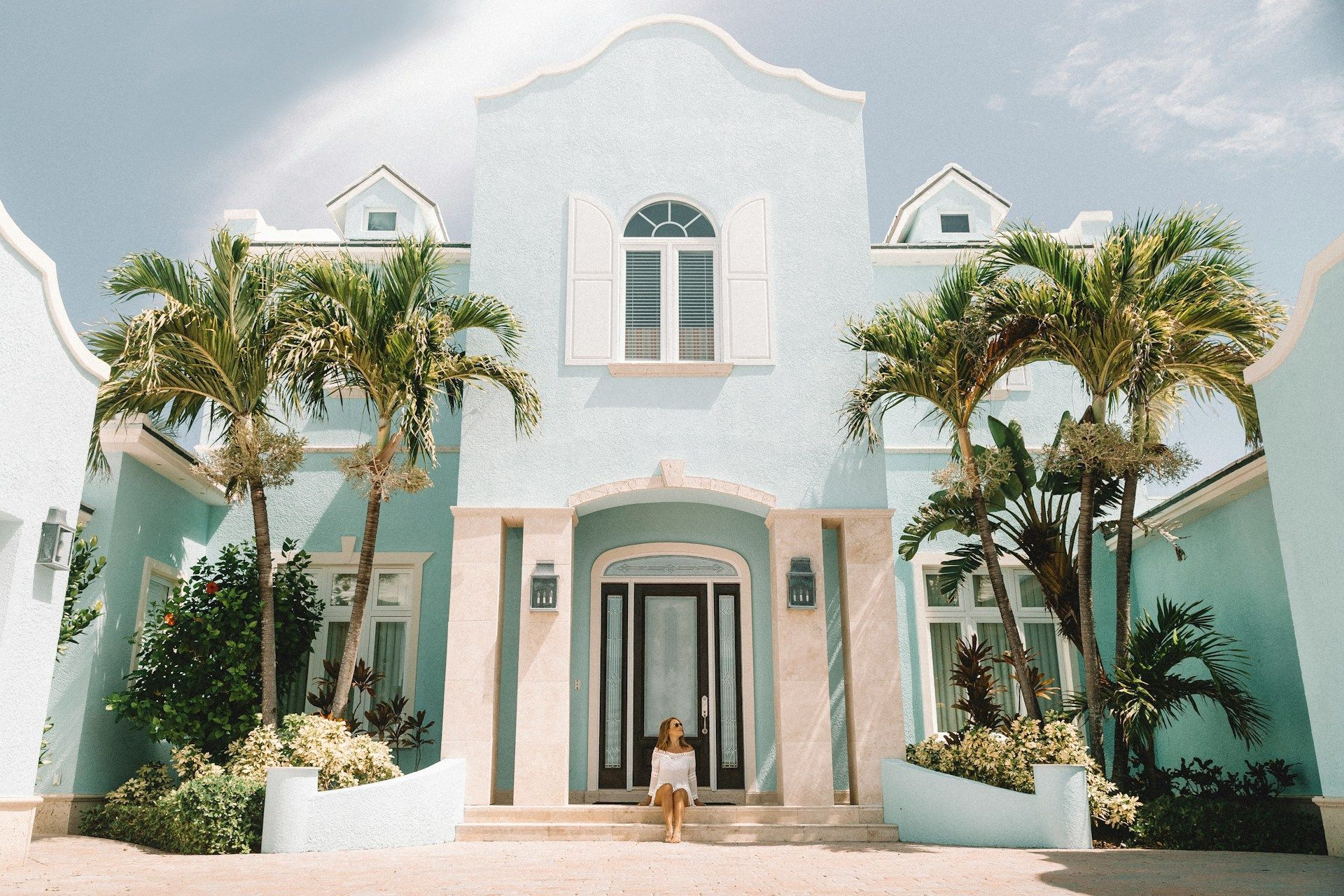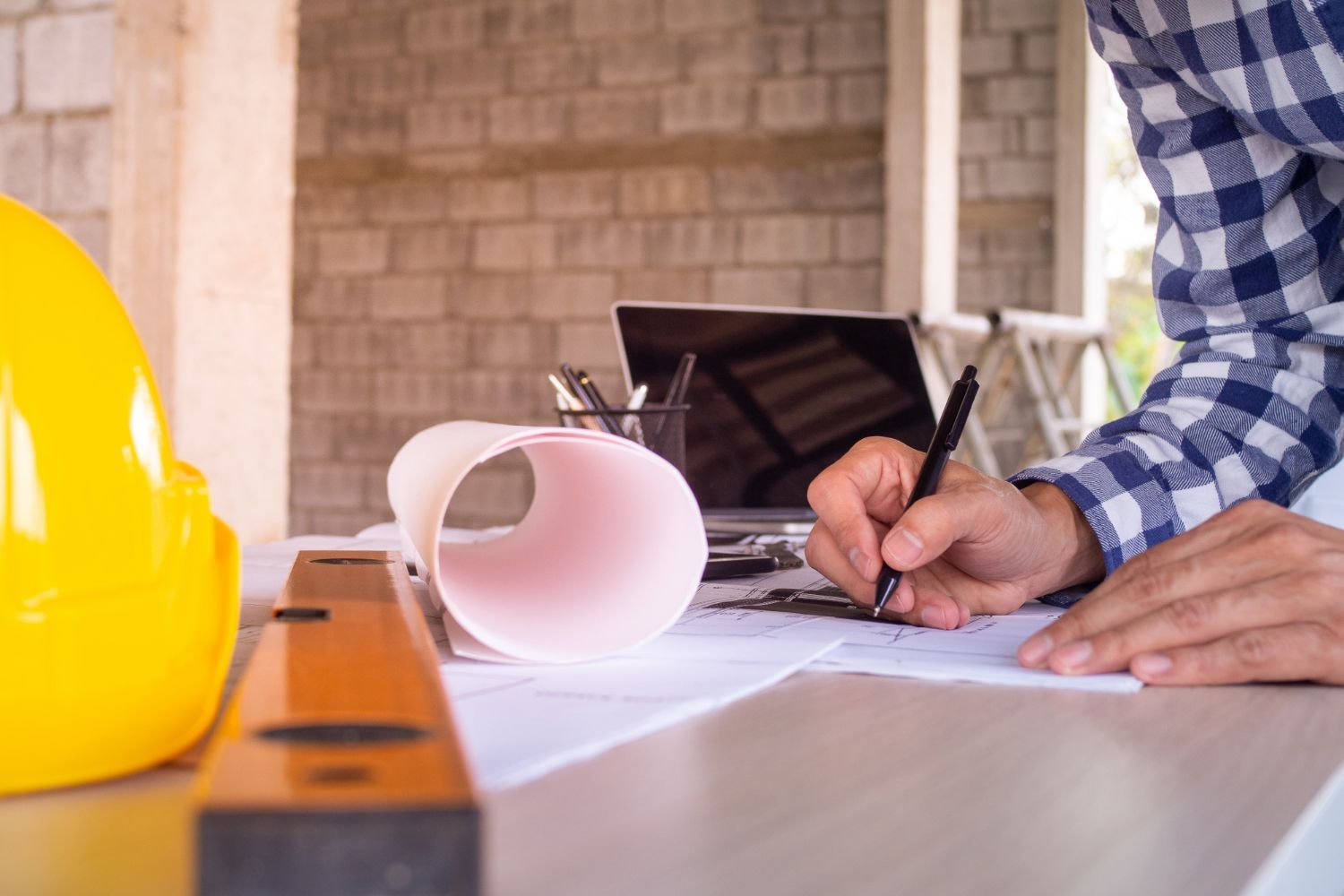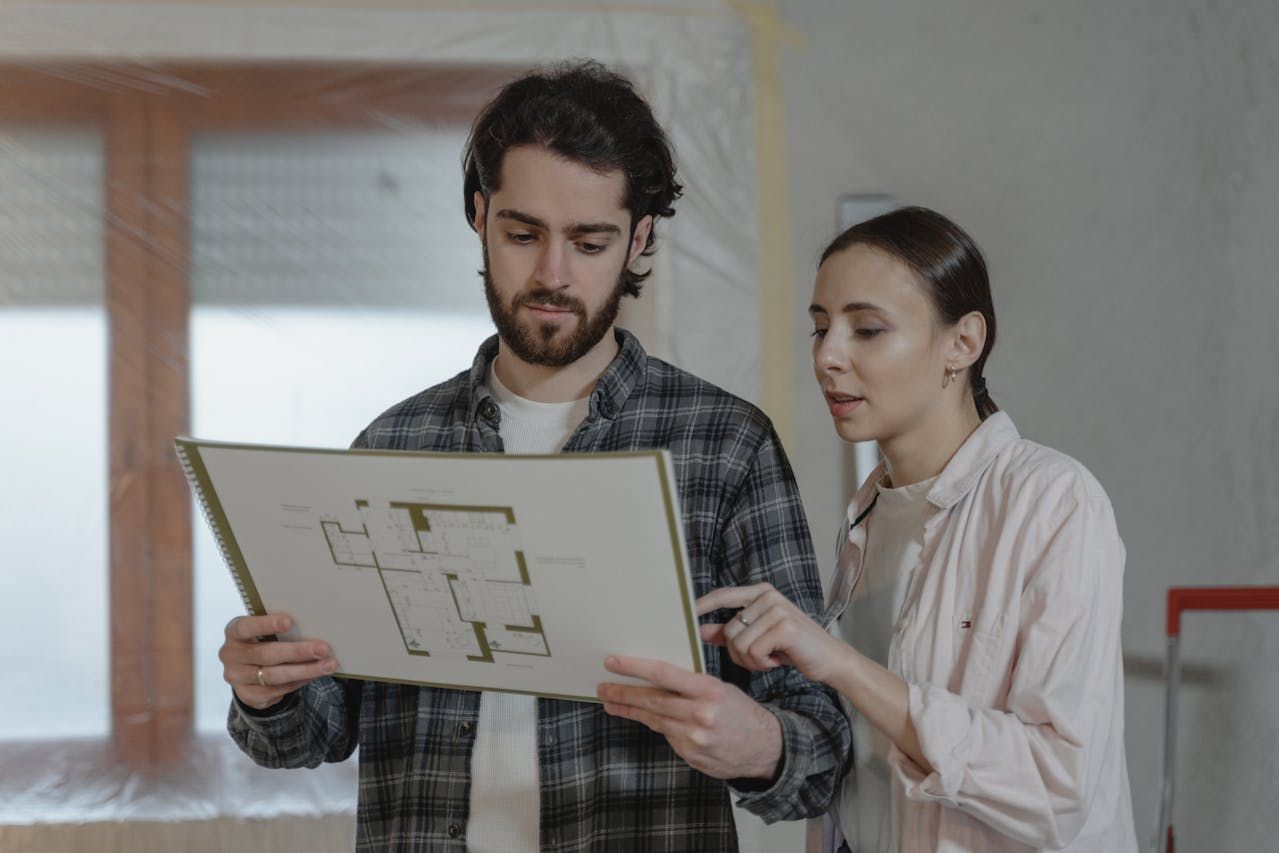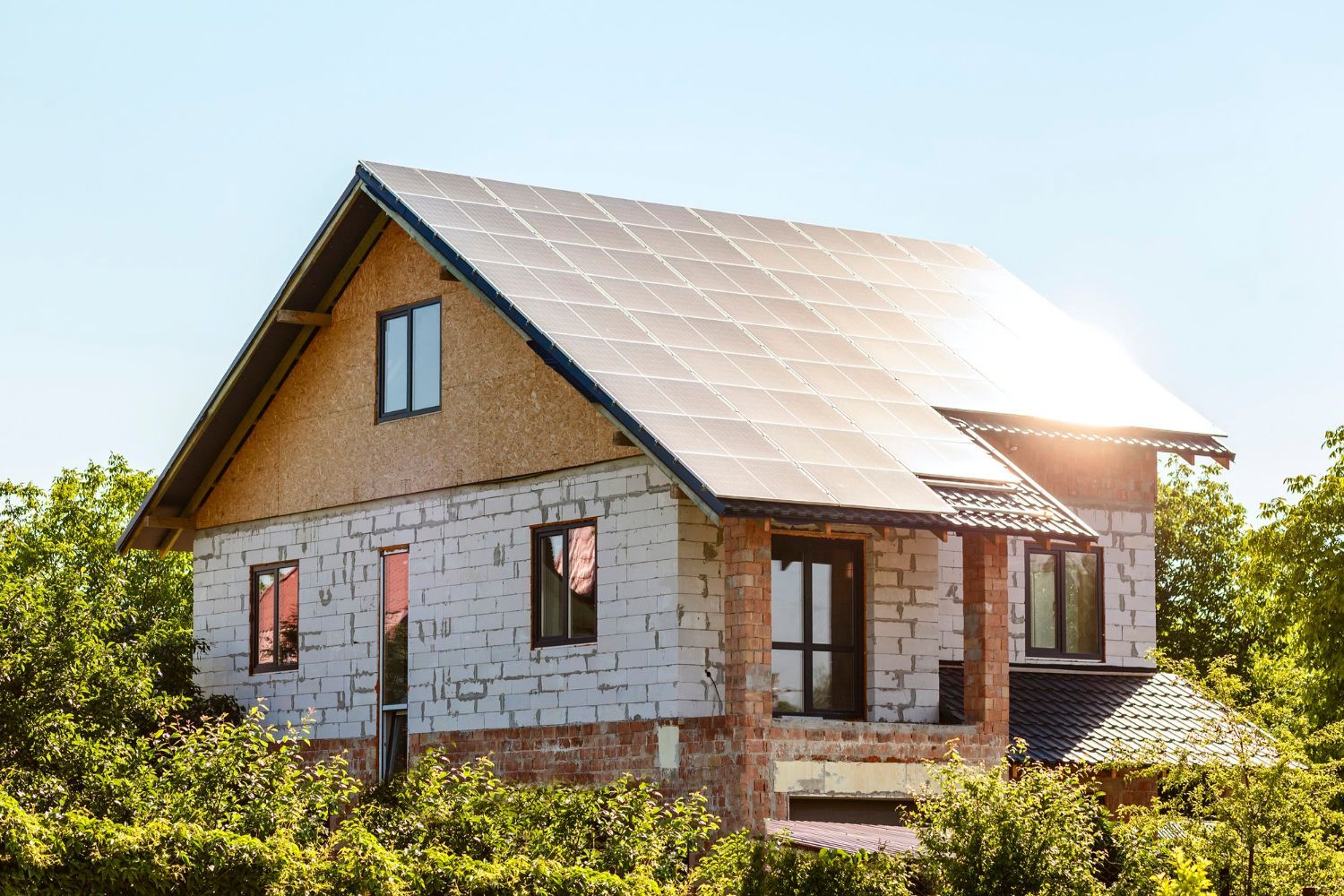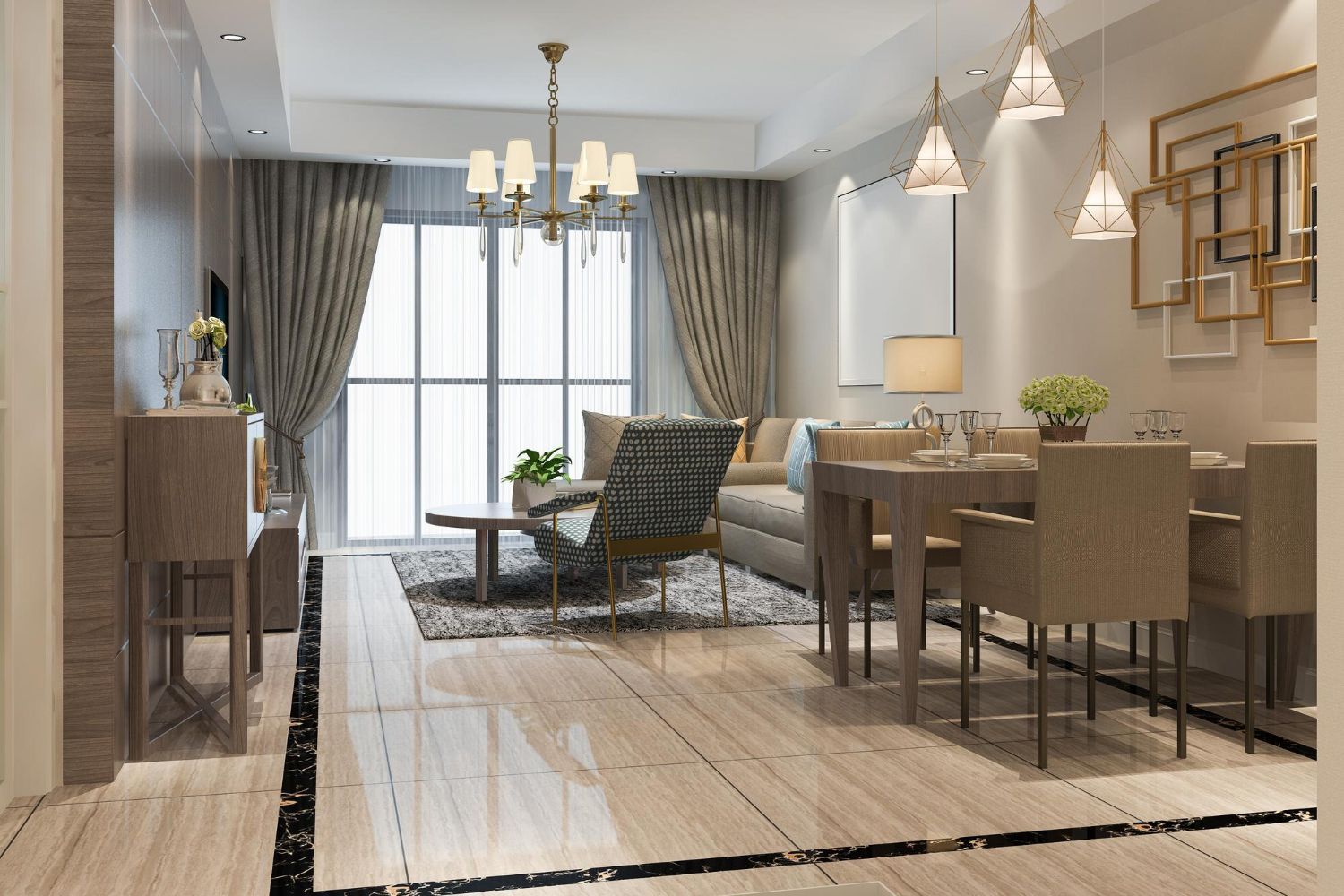541-815-0855
custom@mhbi.us
Embrace Sustainability: Designing an Eco-Friendly Custom Home in Bend, Oregon
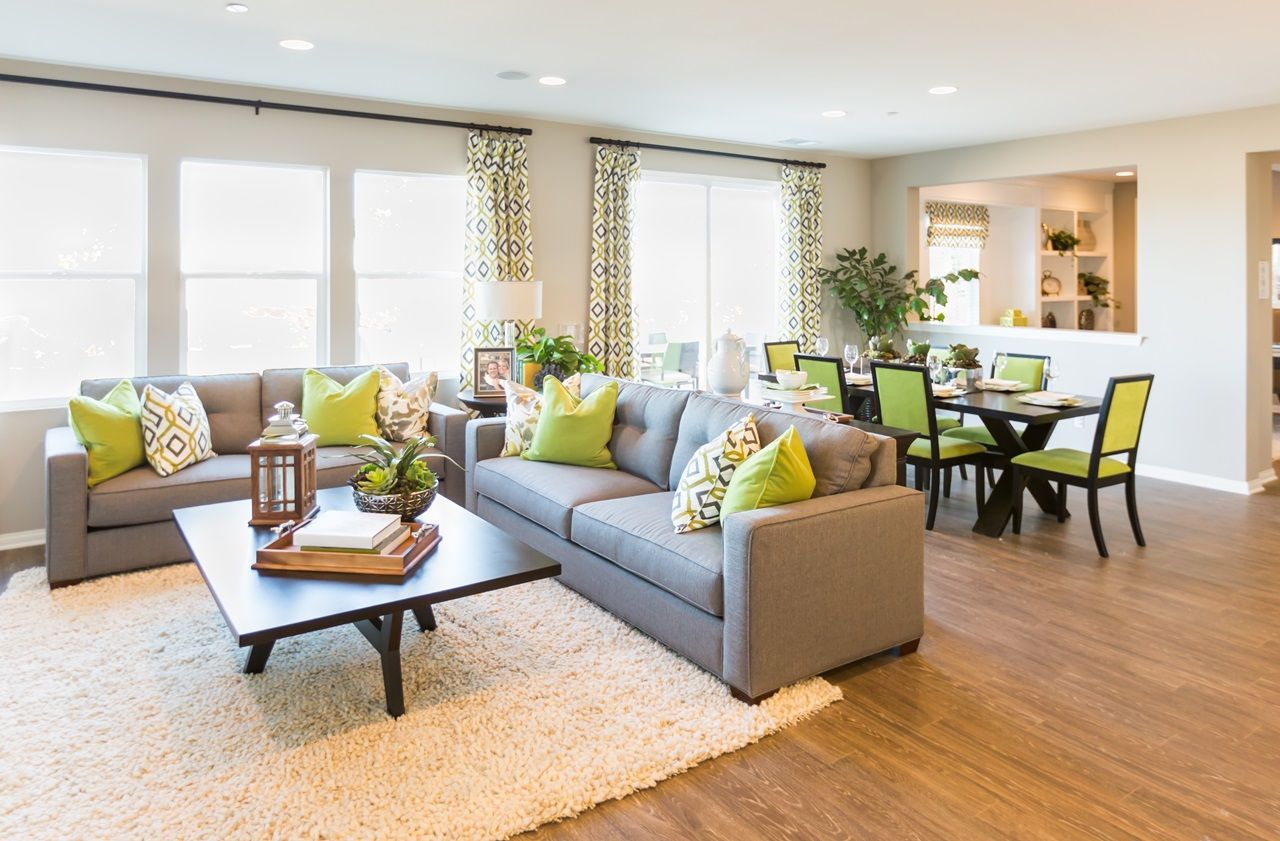
A growing number of homeowners are incorporating sustainable design principles and eco-friendly materials into their custom home projects, not only for environmental reasons but also due to the long-term financial benefits these features provide. As awareness increases, it's essential for homebuyers to understand the different sustainable design principles, construction practices, and materials available, as well as the advantages they can offer. In Bend, Oregon, where the beauty of nature is a leading attraction, there's an even greater emphasis on constructing an eco-friendly home that harmoniously coexists with its surroundings.
In this comprehensive article, we will delve into various elements of sustainable design for custom homes, including architectural design practices, energy-efficient systems, renewable building materials, and water conservation strategies. We will also discuss how embracing sustainable principles can lead to significant financial savings in the long run, reduce maintenance efforts, and increase your home's overall comfort and indoor air quality. From passive solar design to low-impact landscaping, our intent is to provide you with a wealth of information and practical advice so you can feel empowered to make informed decisions when planning your eco-friendly custom home in Bend, Oregon.
By following the guidelines and principles outlined in this article, you will not only create a healthier living environment for yourself and your family but also contribute to preserving Bend's natural beauty for future generations. Together, we can successfully shift towards a greener, more sustainable future, with custom homes that reflect our commitment to protecting the environment and supporting a more eco-conscious lifestyle.
1. Passive Solar Design and Orientation
The first step in creating an eco-friendly custom home is to consider the principles of passive solar design during the planning stage. Passive solar design focuses on using the sun's energy for heating and cooling, which can reduce energy consumption and costs while improving indoor air quality and comfort. Key aspects of passive solar design include:
- Orientation: Position your home on the lot to maximize sun exposure, particularly on the south-facing side. This will allow you to take advantage of natural light and heat during the winter months, reducing the need for artificial heating.
- Window placements and shading: Place windows strategically to allow natural light in and minimize heat loss during winter. During the hotter summer months, use shading devices such as overhangs, awnings, or even deciduous trees to block excessive sunlight and help keep your home cool.
- Insulation and airtightness: Proper insulation and an airtight building envelope are essential to retain heat during winter and maintain a cooler interior during summer.
2. Green Building Materials and Techniques
In addition to passive solar design, selecting eco-friendly building materials can reduce your custom home's environmental impact. Examples of sustainable building materials and techniques include:
- Recycled or reclaimed materials: Reclaimed wood, recycled metal, and recycled glass can be incorporated into your custom home, reducing waste and the demand for new resources.
- Low-VOC products: Volatile organic compounds (VOCs) are chemicals often found in paints, finishes, and adhesives. Choose low- or zero-VOC options to maintain healthy indoor air quality.
- Structural Insulated Panels (SIPs) and Insulated Concrete Forms (ICFs): SIPs are energy-efficient wall panels composed of insulation sandwiched between two layers of sheathing material. ICFs are insulated concrete walls produced using insulated formwork. Both options can provide exceptional insulation and airtightness, resulting in a more energy-efficient home.
3. Energy-Efficient Systems and Appliances
Incorporating energy-efficient systems and appliances into your custom home can further reduce energy consumption and lower utility costs. Some common energy-efficient features to consider include:
- Heating and cooling systems: Choose energy-efficient heating and cooling systems, such as geothermal heat pumps or ductless mini-split systems, which can significantly reduce energy usage.
- Insulation and windows: Use high-performance insulation materials and windows to improve your home's thermal envelope, minimize energy loss, and maintain a comfortable indoor temperature.
- Energy Star appliances: Look for Energy Star-rated appliances for your home, including refrigerators, washing machines, dryers, and dishwashers, as they typically use less energy and water than their non-certified counterparts.
4. Water Conservation Strategies
Water conservation is another essential aspect of sustainable design. Implementing water-saving techniques can reduce your consumption, lower utility bills, and preserve the environment. Consider these strategies:
- Low-flow fixtures: Install water-efficient fixtures, such as low-flow showerheads, faucets, and toilets, to reduce water consumption without sacrificing performance.
- Rainwater harvesting systems: Collect and store rainwater to use for irrigation, toilet flushing, or even laundry, reducing your reliance on municipal water supplies.
- Drought-tolerant landscaping: Opt for native or drought-resistant plants in your yard, which require less water to thrive. You can also incorporate xeriscaping principles, using mulch and gravel to retain soil moisture.
Prioritizing Sustainable Living in Bend, Oregon
Embracing sustainable design principles and eco-friendly construction methods when building your custom home in Bend, Oregon, can contribute significantly to environmental preservation, cost savings, and improved quality of life. From passive solar design to water conservation strategies, these thoughtful considerations can result in substantial reductions in energy and resource consumption, providing you with a green, comfortable, and efficient living space.
As you plan your sustainable
custom home in Bend, Oregon, don't hesitate to consult with experts in green building to ensure your project is executed with the highest environmental and ethical standards. In the end, you will not only enjoy the tangible benefits of sustainability but also take pride in knowing that your custom home supports a healthier and more responsible approach to construction and design. Reach out to Mountain High Builders to get started today.
Are you planning to renovate your home?

Mountain High Builders strives to build exceptional homes for our clients, alongside strong relationships that last a lifetime.
Contact us
Phone: 541-815-0855
Email: custom@mhbi.us
Address: Square Loop, 1012 SE
Cleveland Ave #5, Bend, OR 97702
Menu
All Rights Reserved |
All Rights Reserved | Mountain High Builders

